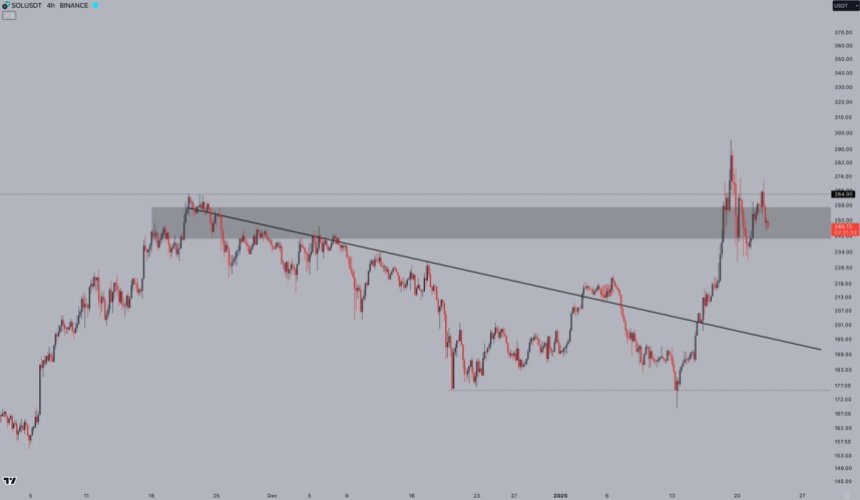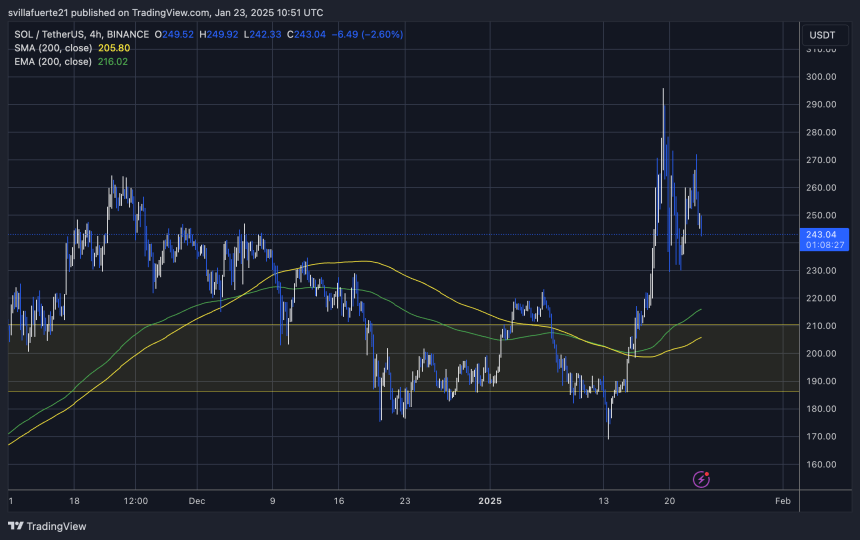The UK government has approached consultancies about taking the role of special administrator in a sign that ministers are bracing themselves for the imminent renationalisation of Thames Water.
Consultancies including Teneo, Interpath and EY are among the potential candidates to run a so-called special administration regime, according to people familiar with the process. A SAR is a temporary measure designed to keep services running, and suppliers and staff paid, in the event of a corporate collapse.
“We are ready now, we could do one [SAR} today, if we had to,” said one official. “Incidentally, being ready for a SAR is also the strongest lever that we as government can have to make sure that another market-led, private-led solution is found.”
Thames Water is struggling under its £19bn debt pile and has warned that it will run out of cash in March unless the High Court signs off a controversial £3bn loan at a hearing in early February.
Another government official said that there had been “informal engagement” with certain consultancies over a special administrator role but no formal interview process.
The government’s move to approach administrators is in marked difference to its public stance as recently as October, when Steve Reed, the environment secretary, said that he had “ruled out nationalisation” as “it would not resolve the problems we face”.
But plunging Thames Water into special administration may be unavoidable if the court blocks the loan agreed with its senior creditors, or if the company runs out of cash earlier than expected. The £3bn loan is controversial because it would carry an interest rate of 9.75 per cent as well as fees and incentives for the existing Thames Water management.
The agreement is being challenged by a separate group of Thames Water’s junior creditors — which have proposed a cheaper deal — and by environmental campaigners who argue that the company would be better off in special administration.
The loan would buy the company time to raise at least £3bn of equity in a parallel process. Companies including Castle Water, Covalis and CKI Infrastructure are among investment groups lining up to put in potential bids for the utility.
Bidders and creditors are waiting to see if the company appeals to the Competition and Markets Authority over regulator Ofwat’s decision last month on the level by which water companies can hike customer bills over the next five years. Thames Water has not yet made a decision whether to appeal Ofwat’s decision to the CMA, according to people familiar with the matter.
Ofwat has said that Thames will be allowed to raise bills 35 per cent — much lower than the 59 per cent increase it had sought — taking average bills from around £436 now to £588 between now and 2030.
The Department for Environment, Food and Rural Affairs, Thames Water and Ofwat did not respond to requests seeking comment.
EY, Teneo and Interpath declined to comment.
In an update to the market on Wednesday, the company’s chief restructuring officer, Julian Gething, said: “Our plan delivers for customers and stakeholders by unlocking up to £3bn of new money and securing a total of £3.5bn of debt maturity extensions over the next two years and cash releases, so we can continue investing the billions of pounds required to improve our network’s resilience.
“We believe it is the only implementable solution to enable the equity investment required to provide stability and certainty in the longer term and will not impact customer bills.”
The government’s choice of administrator may be complicated by potential conflicts of interest. Teneo is already an adviser to Thames Water and has received £5mn in fees since August 2023. It had also received at least £60mn from running the special administration of collapsed energy supplier Bulb, according to the National Audit Office.
It has also written a report to the High Court supporting the senior creditors’ £3bn loan, while Interpath has written a separate report on behalf of the junior creditors.
Sir Dieter Helm, professor of economic policy at Oxford university, has argued that a SAR would enable Thames Water to focus on a restructuring and on delivering improvements, rather than on negotiating a deal with creditors.


































You must be logged in to post a comment Login